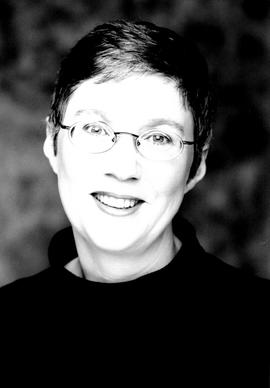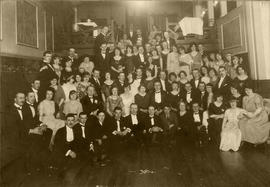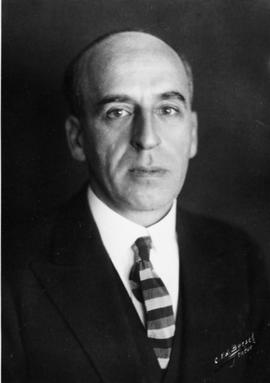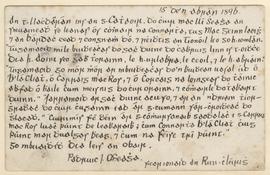The fonds relates to the lives and careers of three men from the Kenny Family: Kevin J Kenny (1881-1954), his son Michael B Kenny (1919-1992), and Michael’s son Colum Kenny (b. 1951). The collection is arranged in three sub-fonds relating to the three men respectively.
The majority of the collection relates to Kevin J Kenny and his work at Kenny’s Advertising Agency. The sub-fonds relating to Kevin includes correspondence with many of his clients, some of whom included eminent nationalists of the day, such as Patrick Pearse, Arthur Griffith, Francis Sheehy-Skeffington and James Creed Meredith. Kenny solicited advertising for the publications of many of these figures, which often proved essential in keeping the publications afloat and in circulation, as evidenced in particular by the letters from Patrick Pearse regarding advertisements for An Macaomh, the official magazine of St Enda’s. This sub-fonds also includes several sub-series relating to significant episodes in Kevin’s career and life, such as the controversy over Kenny’s Advertising Agency and a contract to run British Army recruitment advertisements during the First World War, and personal memorabilia and publications relating to significant historical events, such as the 1916 Easter Rising, the War of Independence and Civil War.
This sub-fonds also includes a collection of British Army transcribed signals from the first day of the Battle of Gallipoli (25 April 1915), which give a vivid insight into the harrowing experience of some British soldiers fighting on the front line that day. These signals may have come into Kevin J Kenny’s possession from his wife Annette’s brother John Murphy, whose signature may be the ‘J Murphy’ included on some of the signals.
This sub-fonds relating to Michael B Kenny consists of a few items concerning his career in advertising. These include a brief history of the Kenny’s Advertising Agency written by Michael, and two photographs: one of meeting of the Advertising/Press Club in 1956 or 1957, and the other of the Kenny’s Advertising Agency premises at Lower Baggot Street, Dublin.
The final sub-fonds in the collection mainly relates to Colum Kenny’s work on three documentaries for RTÉ, and some of his personal correspondence with various figures relating to topics such as the media, law and Irish history. One of the sub-series relates to Colum’s research for a documentary about ‘The Tailor and Ansty'. The Tailor and Ansty (husband and wife Timothy [‘the Tailor’] and Anastasia ['Ansty'] Buckley) were the subjects of a book by Eric Cross about their storytelling and home in Gougane Barra, County Cork, which became a hub for notable figures of the Cork arts scene in the 1930s and 1940s. The sub-series includes letters from Eric Cross and friends of the Tailor and Ansty, including Seán Ó Faoláin and Nancy McCarthy-Allitt. Two of the other sub-series relating to Colum’s work on RTÉ current affairs television programmes are currently closed and access will be reviewed in 2025.
Another series relates to connections between Colum Kenny’s house, 1 Herbert Terrace, Bray, County Wicklow, and two of its former residents: Cyril Cusack and Grace Watt (née Muggeridge). The series mainly consists of correspondence between Kenny, Cusack and Watt during the early 1990s in which they reminisce about living in the house, and discuss Cusack and Watt’s personal lives.





